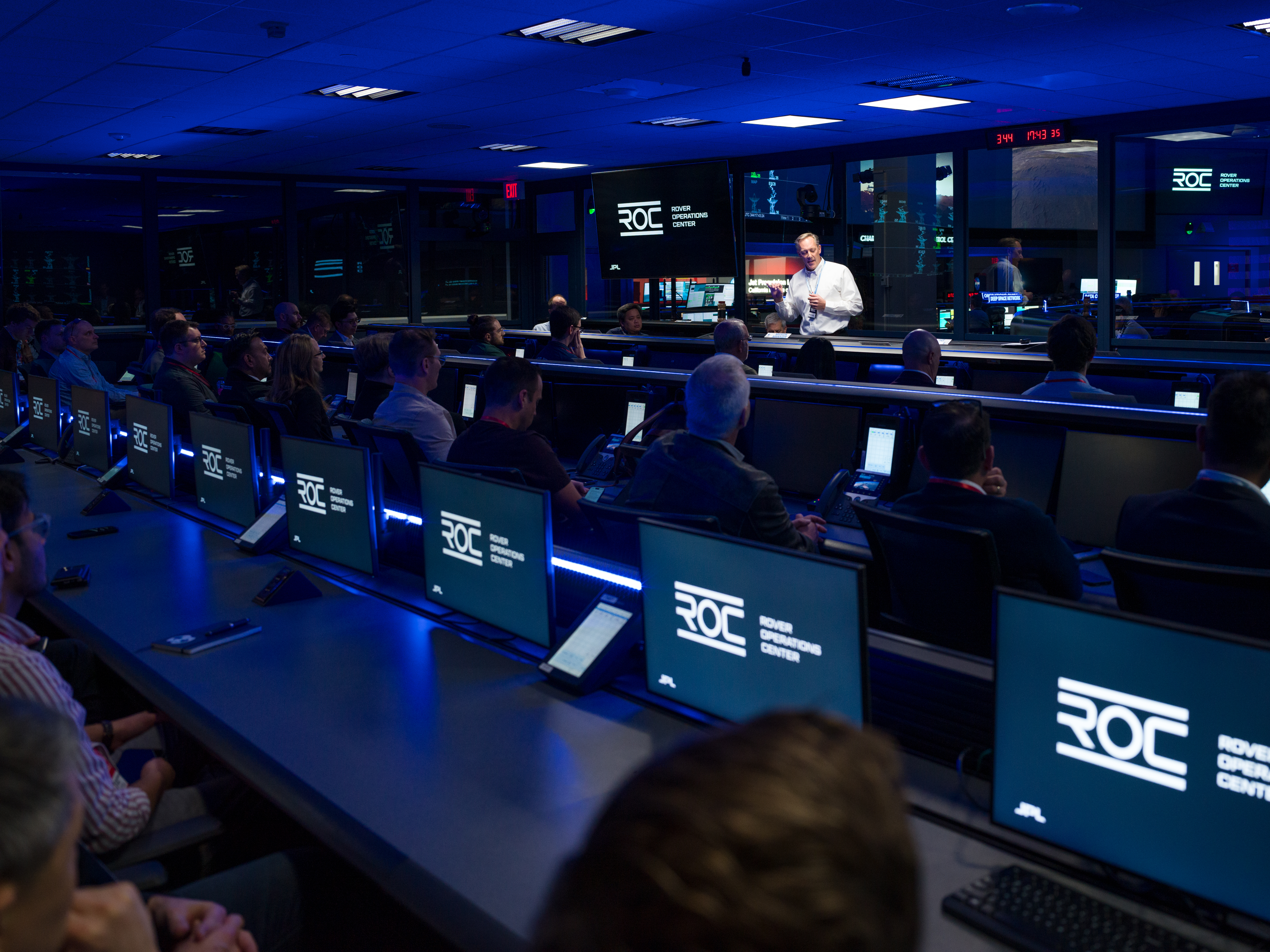Todd J. Barber, Cassini lead propulsion engineer
With Saturn unhurriedly climbing above the sun in the morning sky, that can only mean another solar conjunction period for Cassini has come and gone. It was a wonderful break before a truly grueling September, a month peppered with five maneuvers and a critical Iapetus flyby at an altitude of a mere 1644 km (1022 miles). To say that scientific anticipation is running high for this seminal event during the last year of Cassini's prime orbital mission is a vast understatement! We've even arranged for a viewing of the first breath-taking high-resolution Iapetus images on September 11th at JPL, essentially as soon as they are radioed from the ringed planet to the third rock. In general, we have always been astounded when viewing solar system targets at resolution levels 100 or more times better than prior views, independent of the target. The perplexing orb of Iapetus already intrigues us greatly, even with relatively coarse views of its bizarre surface. The prospect of understanding its large "belly band" and the source of its snow-white/coal-black boundary drives us scientifically, but the experience of seeing this world of dichotomy up close and personal is almost too exhilarating to contemplate.
Cassini itself remains in excellent health in the Saturnian system. Though it was less visibly busy during solar conjunction, we must not forget the fantastic suite of fields and particles instruments on the spacecraft. Perhaps less flashy than their imaging counterparts, they have been taking data continuously for nearly a decade, helping to unlock the mysteries of the charged particles and electromagnetic fields in our solar system. Indeed, without their contribution, many of the key Cassini science results to date would have been impossible. Fortuitously, many astronomical events kept us preoccupied during Cassini's brief sojourn behind the sun, including a fantastic lunar eclipse and two meteor showers on the home planet. Uncharacteristically, I slept through the Perseids this year, but I truly enjoyed photographing the recent total lunar eclipse through a C14 telescope at Caltech. I also managed to ring in sunrise just a few days ago, just after observing a handful of gorgeous Alpha Aurigid blue-green fireballs.
Speaking also of things astronomical, I finally found some time during conjunction to participate with the Old Town Sidewalk Astronomers, headed up by Jane Houston Jones and her hubby, MoJo. Jane is an instrumental member of the Cassini outreach team, and a very well-respected amateur astronomer. Monthly, this group offers the opportunity for viewing prime solar system targets through large homemade Dobsonian telescopes in busy urban settings. For many months, I have wanted to volunteer with Jane and MoJo, and I finally had time in my schedule a week ago to hit Old Town Pasadena. Even though Saturn was by definition unobservable during conjunction, the three of us offered views of the waxing gibbous moon and Jupiter (replete with the four Galilean moons) to hundreds of passersby. Many folks did stop to take a few seconds to share in the allure and appeal of the cosmos, and I can't wait for spring 2008 when I will be able to provide dozens of folks their first view of the glorious globe of Saturn and its transcendent rings. Few experiences in life compare with one's first telescopic view of the ringed planet, Cassini's home away from home for over three years and counting.

































